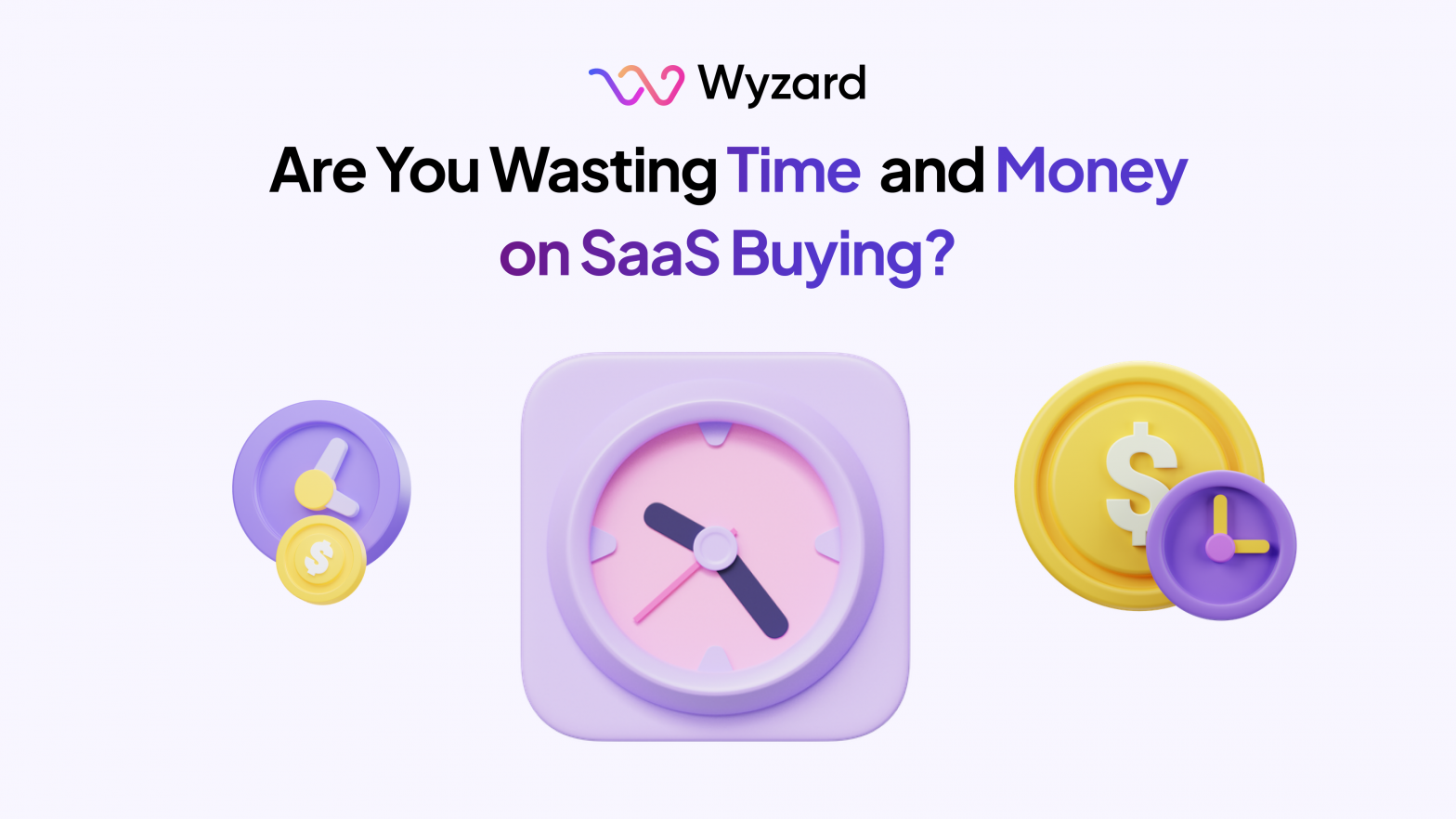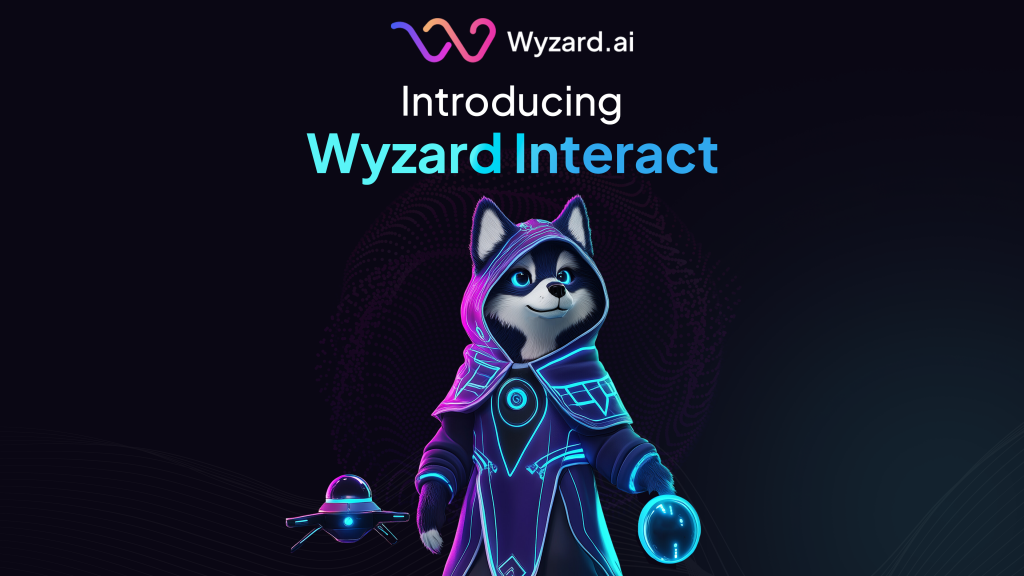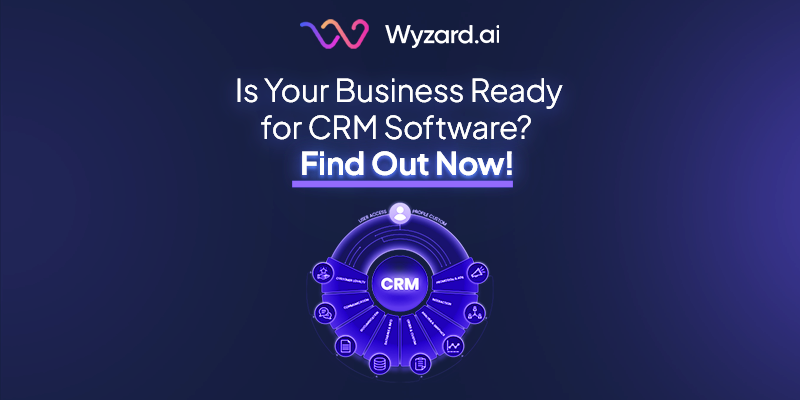Hi, I am Wyzard, your visionary guide in a world where the buying experience is transforming. The way we ...
SaaS Buying Chaos: Are You Wasting Time and Money on Software Procurement?


Subscribe Now
SaaS spending is projected to reach $715 billion by 2028, representing a CAGR of 27.5% between 2021 and 2028.
Despite this exponential growth, the SaaS buying and selling process remains outdated. It resembles its 2010 counterpart with its long sales cycle, low conversion rate, and minimal negotiations.
If anything, businesses now find it even more challenging to choose the right SaaS, thanks to the countless available options they have now. And you’d expect this process to be more democratic considering how much companies spend on these solutions—but currently, it’s not!
There are flaws in the traditional B2B SaaS sales process. Changing how you discover and buy SaaS is the only way to navigate this. And that’s precisely what we’re going to discuss in this blog.
5 Biggest SaaS buying challenges businesses face today
But before we discuss how you can stop wasting time and money on SaaS procurement, let’s look at the challenges that you face. This whole process is filled with complexities, from decoding pricing models to aligning stakeholders and everything in between.
Let’s dive into the top five challenges that organizations face in their SaaS buying journey:

#1 Pricing complexity and lack of transparency
The pricing models used by SaaS vendors are often complex, making it incredibly difficult for businesses to decode and accurately compare costs.
Beyond the common per-user pricing, vendors use many metrics, such as per feature, consumption-based, tiered, and more. This lack of standardization and transparency creates a significant barrier for organizations trying to evaluate the actual cost of ownership.
Moreover, many vendors intentionally obfuscate their pricing structures, making it challenging to understand what features or functionalities are included in each tier or package. This opacity forces businesses to engage in lengthy negotiations, often without the necessary information to effectively bargain for the best terms.
Compounding this issue is the frequent introduction of new pricing models or changes to existing ones, requiring businesses to constantly reevaluate their SaaS investments and adjust accordingly. This ever-changing pricing can be overwhelming, especially for organizations with limited resources or expertise.
#2 The problem of plenty
With the SaaS market exploding and new solutions emerging, businesses have an overwhelming number of choices for every business function. This abundance of options, while providing ample opportunities for optimization, also comes with a significant challenge in identifying the right tools for specific needs.
Beyond the sheer volume of solutions available, businesses must also contend with the constant barrage of marketing claims and promises from vendors, each touting their product as the ultimate solution.
Separating fact from fiction and objectively evaluating each tool’s capabilities and suitability can be a challenging task, especially for organizations without dedicated resources.
#3 Are you paying the right price?
Even after working their way around the pricing challenges and negotiating a deal, businesses often find themselves questioning whether they truly secured the best price.
The lack of pricing benchmarks and market insights makes it challenging to determine if the negotiated price for a SaaS tool is genuinely the most cost-effective option.
Furthermore, optimizing costs by aligning subscription tiers with actual usage and identifying underutilized licenses is a significant hurdle, as organizations often lack the necessary data to make informed decisions.
#4 Lack of granular usage insights for informed buying decisions
Organizations increasingly recognize the importance of making decisions based on concrete data and insights.
However, when it comes to SaaS buying decisions, many businesses lack access to granular usage data and feature adoption metrics across their teams and departments.
Without this critical information, organizations are forced to rely on assumptions or anecdotal evidence when determining their software needs. This approach increases the risk of overbuying or underbuying licenses and features.
Lack of visibility into usage patterns can also lead to inefficient spending, as businesses may continue to renew subscriptions or maintain licenses for tools that are underutilized or no longer serving their intended purpose. This blind spot can result in wasted resources and missed opportunities for SaaS spend optimization.
Furthermore, the absence of granular usage insights can impede an organization’s ability to negotiate effectively during SaaS contract renewal cycles or when evaluating new solutions. Without concrete data on feature adoption and usage patterns, businesses may struggle to leverage their bargaining power and secure the most favourable terms.
#5 Aligning stakeholders and managing the SaaS procurement process
The SaaS buying process often involves multiple stakeholders from various departments, including IT, finance, and business units. Aligning requirements and priorities can be difficult, leading to delays and inefficiencies.
Additionally, many organizations still rely on legacy procurement methodologies that are ill-suited for the agile and iterative nature of SaaS solutions. These outdated processes can further increase the challenges, resulting in lengthy buying cycles and missed opportunities.
Dealing with these hurdles is crucial for businesses to optimize their SaaS buying and ensure they are not wasting their time and money.
By addressing these challenges head-on, you can streamline your SaaS buying process, make data-driven decisions, and ultimately drive efficiency and growth within your operations.
How to Optimize the SaaS Buying Process?
Implementing the right strategies and using technology can help you streamline the SaaS buying process and optimize your software investments. Here’s how you can buy SaaS better:

1. Implement a centralized buying process
You should consider establishing a dedicated SaaS procurement team or process to address the challenges of decentralized SaaS buying and mitigate the risk of redundancies.
With this centralized approach, you can standardize the buying process, ensuring that software acquisitions align with your needs and budgets.
However, managing a dedicated team can be resource-intensive and time-consuming. And this is where SaaS management platforms like Wyzard come in.
Wyzard’s real-time, AI-based insights can suggest alternative software solutions that better fit your needs compared to the ones you’re currently using.
For example, suppose you’re using separate tools for project management and collaboration. In that case, Wyzard may identify a SaaS solution that offers both functionalities and more, potentially allowing you to consolidate and optimize your software stack.
2. Establish governance and approval workflows
Effective SaaS procurement requires clear policies and governance frameworks for software acquisition, usage, and compliance monitoring.
By establishing well-defined approval workflows and enforcing these policies, you can ensure that SaaS purchases align with the overall strategy and budgetary constraints.
Wyzard can be invaluable in supporting these governance efforts. It lets you track who uses which software, enabling you to build relationships with stakeholders across different teams involved in SaaS buying decisions. This open communication improves collaboration and creates a transparent culture, allowing you to develop and enforce open-door SaaS buying policies.
3. Use SaaS management tools for visibility and control
One of the most significant challenges in SaaS buying is the lack of visibility into the existing software stack, usage patterns, and spending. SaaS management tools like Wyzard can provide the necessary visibility and control to make informed buying decisions.
By gaining a comprehensive view of the entire SaaS stack and tracking usage data, you can identify redundancies, underutilized licenses, and areas for consolidation before making new SaaS purchases.
For example, Wyzard may reveal that your HR team uses Microsoft Teams, the Marketing team uses Discord, and the Tech team uses Jira. These teams can reach a common ground and stick to one communication tool. This will give you more negotiating power, and you’ll have fewer tools to pay for.
4. Conduct regular software audits and rationalize licenses
You should conduct regular software audits to ensure optimal use of SaaS investments and identify opportunities for optimization. These audits can help identify redundancies, consolidation opportunities, and the need to rightsize licenses based on actual usage patterns.
SaaS management platforms like Wyzard can be invaluable in facilitating these audits and providing the necessary insights for license rationalization. By using Wyzard’s usage data and analytics, organizations can make data-driven decisions about which licenses to renew, downgrade, or terminate, ensuring that they’re not overspending on underutilized software.
5. Use dedicated SaaS buying platforms
Wyzard’s Discover feature democratizes the SaaS buying process from start to finish. With Discover, you can do your SaaS research and compare alternative SaaS solutions across various categories and industries.
The platform allows you to conduct in-depth feature-wise comparisons, ensuring that you select the software that aligns perfectly with your unique requirements.
Moreover, Wyzard’s Discover feature offers insights into scalability options, allowing you to make informed decisions about your software investments’ long-term viability and growth potential. This foresight can be crucial in avoiding the cost of migrations or subscription overages down the line.
But that’s not all. Wyzard also uses AI-based insights, your organization’s usage data, and industry benchmarks to negotiate better deals on your behalf. Using this data, Wyzard’s experts can identify opportunities for tech cost optimization, negotiate favourable pricing terms, and ensure that you’re getting the best value for your software investments.
Furthermore, SaaS buying platforms like Wyzard provide a centralized hub for managing and optimizing your software stack. With a comprehensive view of your entire SaaS portfolio, you can quickly identify redundancies and consolidate licenses, leading to significant cost savings.
With Wyzard’s Discover feature, the often-challenging task of SaaS procurement becomes easy—no waste of time and money!
Don’t let the SaaS buying challenges hold you back. Book a demo with Wyzard today!
Other blogs
The latest industry news, interviews, technologies, and resources.
March 17, 2025
How LLM-Based AI Agents are Simplifying the Software Buying Process for Businesses
Let’s talk about something that’s becoming a game-changer in our daily lives: AI agents. Think of them as your ...

March 11, 2025
Is Your Business Ready for CRM Software? Find Out Now!
Running a small business can feel like juggling a million things at once. You are busy with customers, ensuring ...

Subscribe
Today!
Error: Contact form not found.
Subscribe to learn about new product features, the latest in technology, solutions, and updates.
 Meet Us at
Meet Us at 



